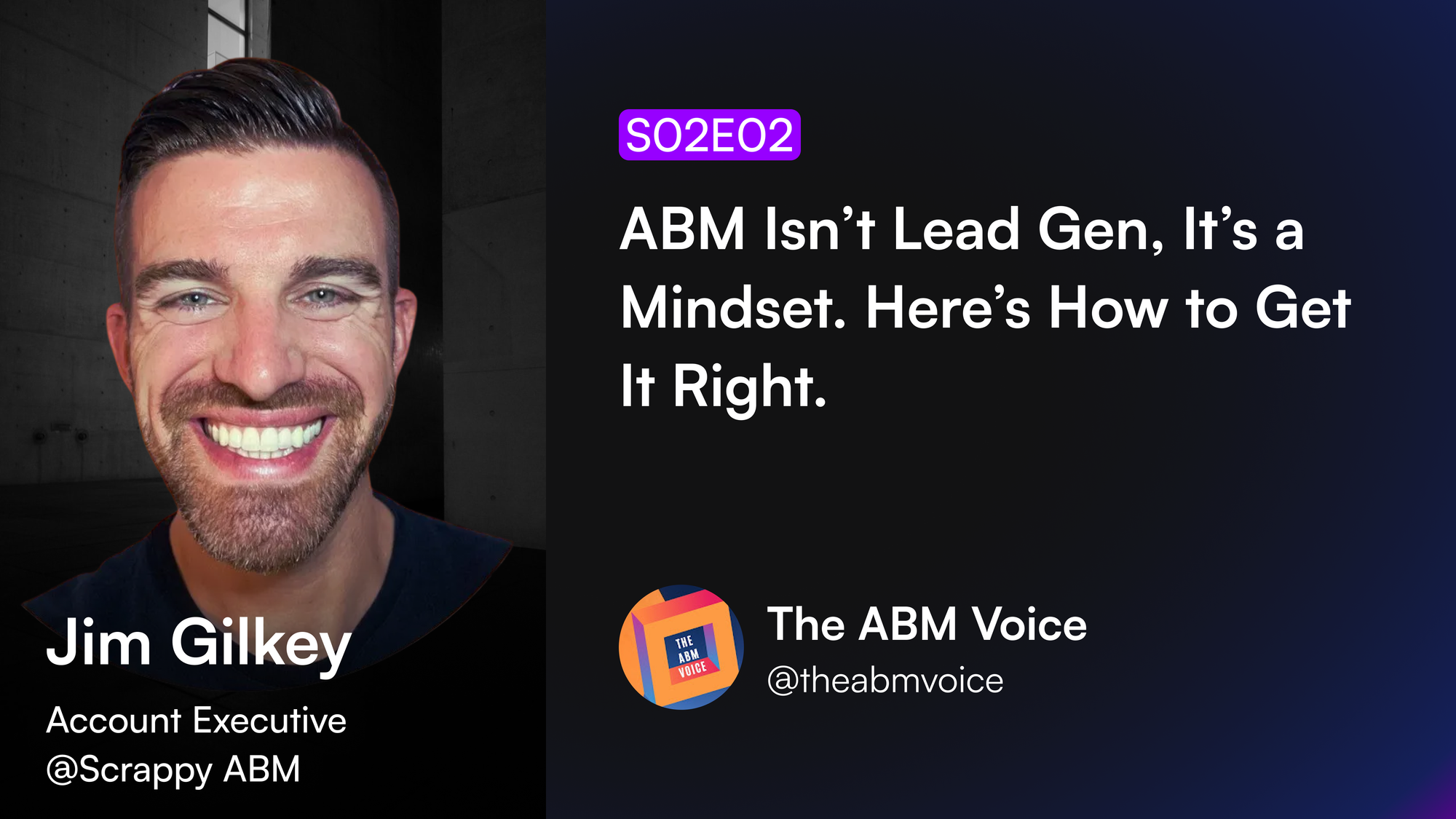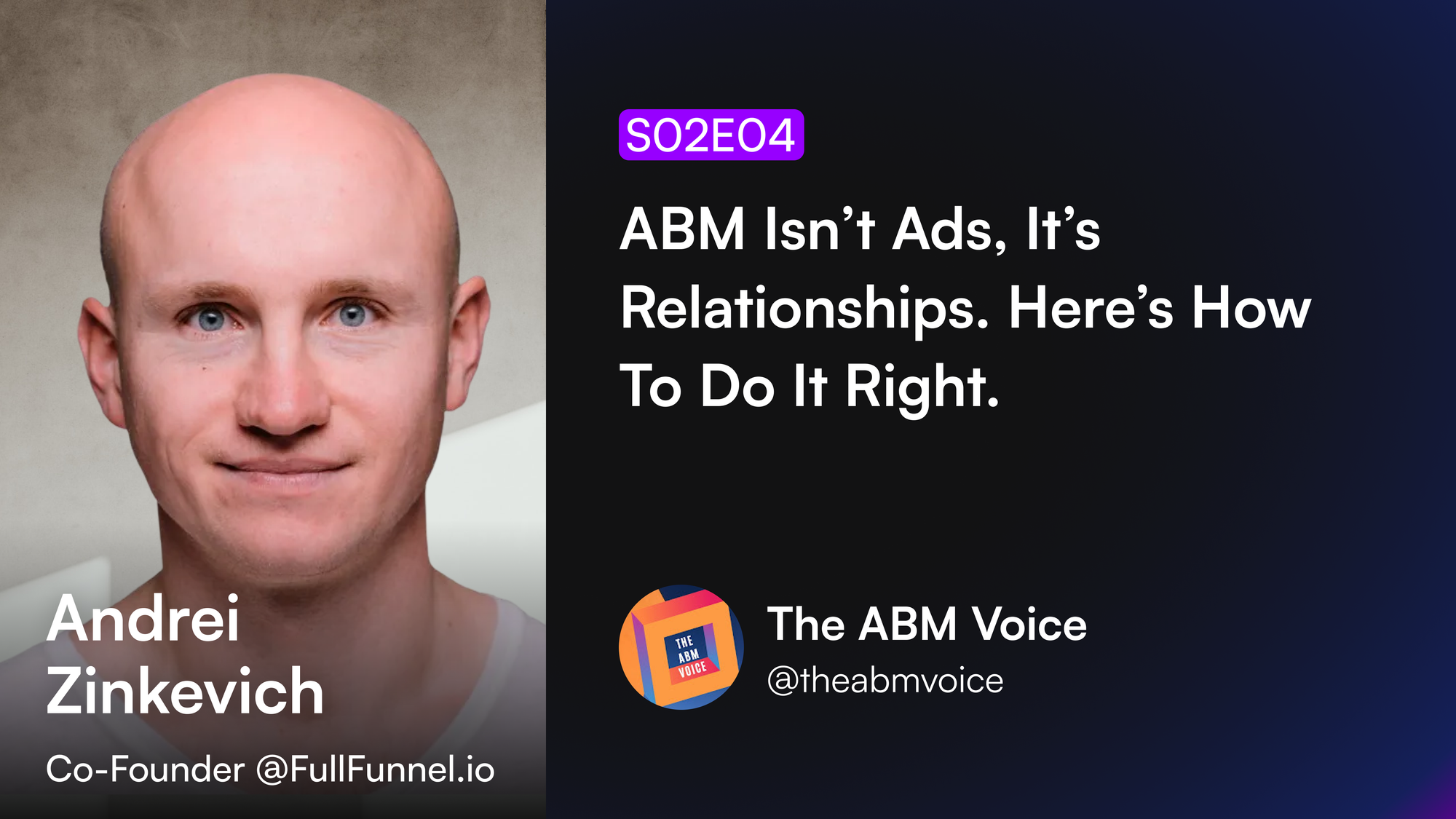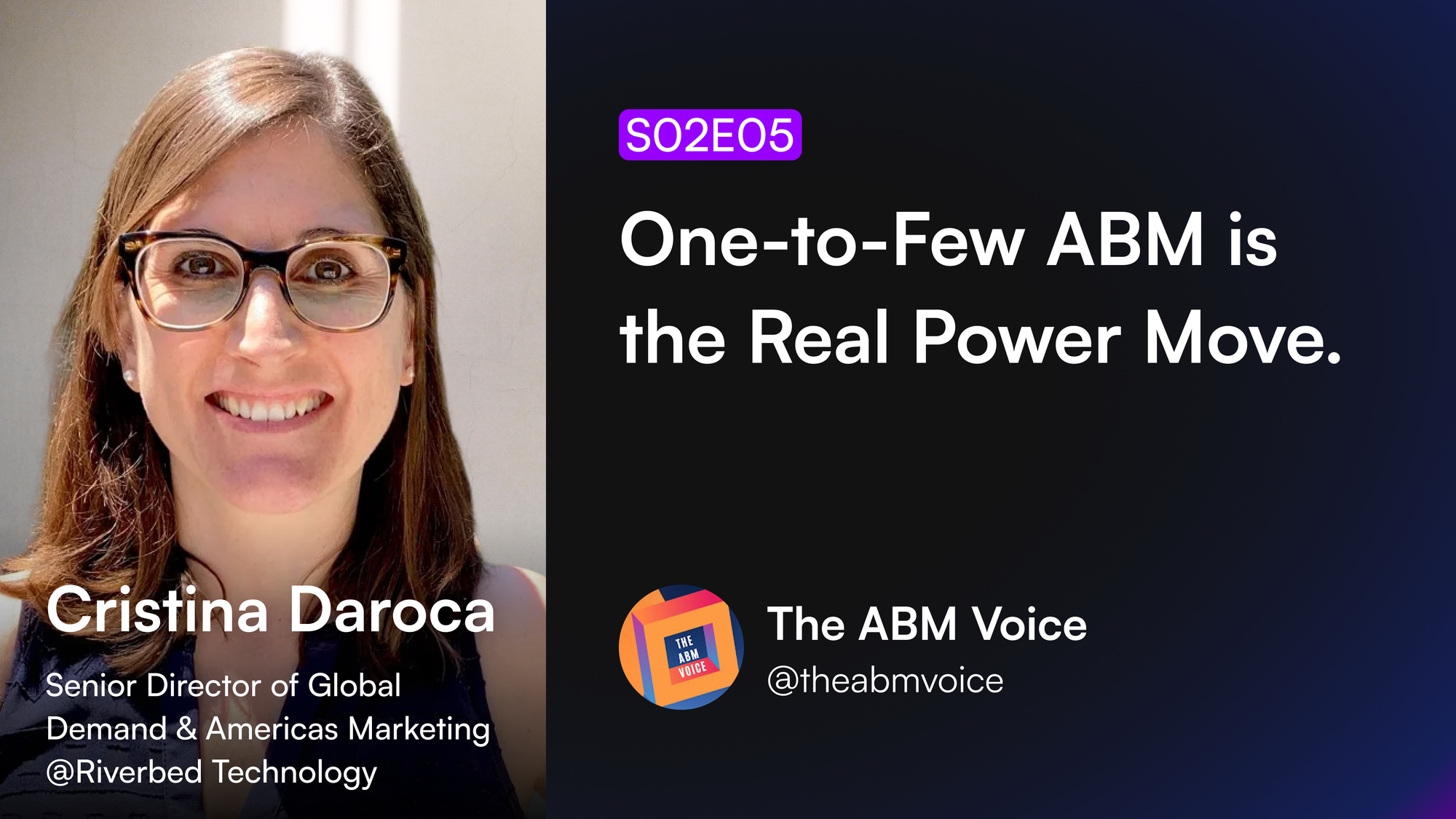The Information Technology Services Marketing Association (ITSMA) came out with the concept of Account-based marketing (ABM) in the early 2000s. As a result, the marketing environment has gone through a rapid paradigm shift.
Account-based Marketing - the term has an increased google search trend year after year. However, as much as executives are shouting on top of their voices on its effectiveness, it is equally surrounded by scepticism. Younger and smaller firms often wonder whether ABM is as effective as it is touted to be. The reason for this scepticism is the unawareness of ABM's revenue funnel.
What's a revenue funnel?
A new concept on how you approach your GTM efforts. Expanded view of the traditional funnel where every function contributes and acts within a single revenue goal. ABM is a good way of navigating this brand new funnel. Because ABM too emphasizes revenue and discourages silos.
The Dual Funnel Approach
This approach converges the best practices of inbound marketing and ABM. Here inbound marketing does the job of bringing leads. And Account-based Marketing focuses on personalizing and delivering one-on-one communications and engagements to the target accounts.
Read more on the dual funnel approach here
The different stages of the revenue funnel.
Identifying target accounts
An ideal funnel begins with the accounts being worked on and agreed upon by the sales and marketing teams. The identifying process should include continuous activity for programmatic ABM. This part of the funnel should consist of all revenue teams rather than just those dedicated to selling your product or service.
Traditional lead gen practises can be used as a tactic to filter and identify accounts with intent.
KPIs to measure - Total number of target accounts, level of relationship with the accounts, accounts based on intent
Nurture Target accounts
Campaigns should be set up for continuous nurturing. Make use of the identified tier groups to personalize and design campaigns. ABM established organizations usually deploy a multi-channel approach to scale and optimize engagements.
KPIs to measure -Click rates, impressions, visit rate
Create Opportunity
This is an intermediate goal. Spot opportunities that enable your target user to utilize your content resource. The content resource can be in the form of playbooks, downloadable templates etc. Build this process in such a way it provides an effective flow of leads in the pipeline. Have marketing provide an aircover wherever needed.
KPIs to measure - Number of downloads, cost per opportunity, total engaged accounts.
Close Deals and Acquire customers. This is the ultimate goal! Closing customers. More customers, more revenue. Track the conversion rates and identify the acquisition and conversion channels. Further analysis of the funnel would help you identify leaky spots; this information will help you further optimize your conversion rates.
KPIs to measure - Cost per account, no deals won, the life cycle of the contracts won.
Customer Retention
The traditional funnel stops with the conversion stage, but the revenue funnel incorporates stages further down the post-conversion stage, and that's what sets it apart. Various observations have shown that improving the retention rate by 5% can create an opportunity to increase revenue anywhere between 25% to 90%. The traditional approach leaves a lot on the table. Hence retention has to be a significant focus to reap the fruits of the labour.
KPIs to measure - Relationship score, intent surge, renewal rates
Expansion
A study from Opti Monster shows that the probability of selling to an existing customer is much higher than convincing a new lead. Also, the cost of selling is much lesser, which only results in profit maximization. Therefore, create value to your existing offering so that your customers increase their usage of it.
KPIs to measure - Net promoter score, average contract lifecycle
Conclusion
Making effective use of a total revenue model is simple with ABM involved. Effective use of dashboards is required to infer and treat the data. Use historical averages to establish a time and resource baseline for each stage. Having sub-stages within each parenting stage will help you to measure and track the movement. Outliers can be managed by having intervention strategies at each layer. Quicker and wholesome conversions should be the bigger picture.













